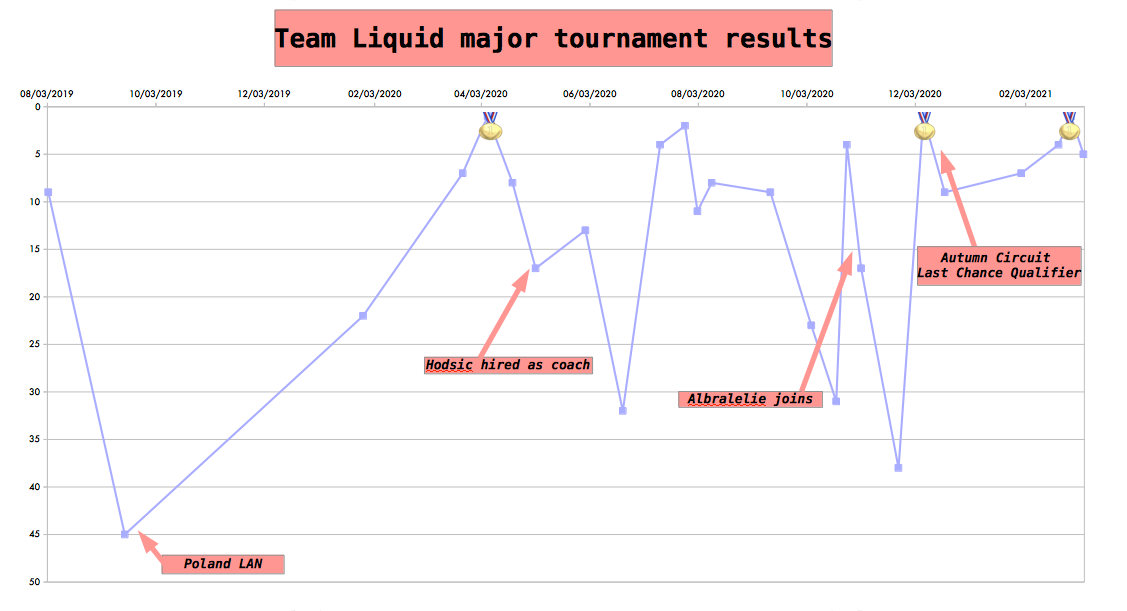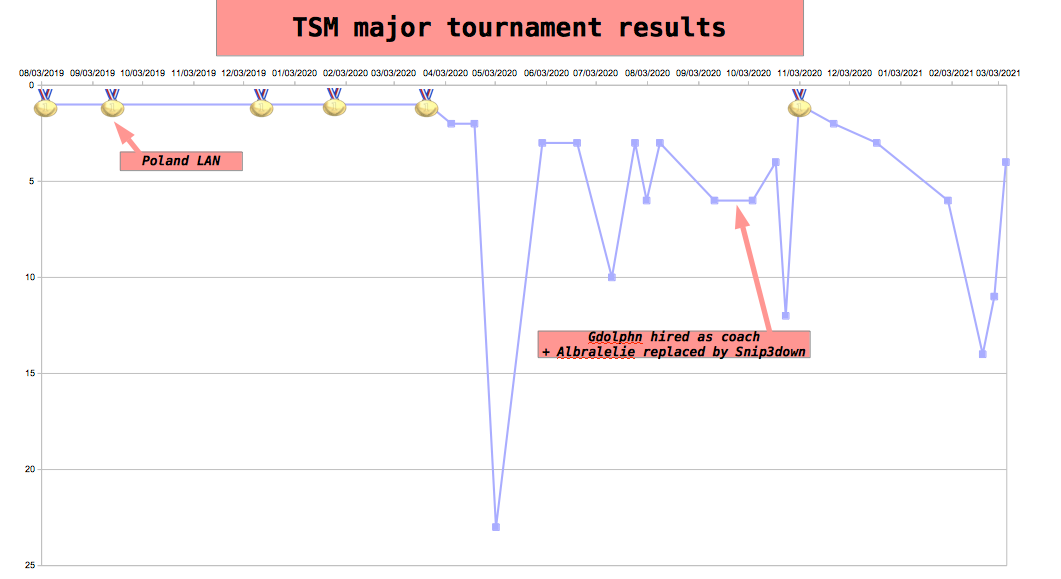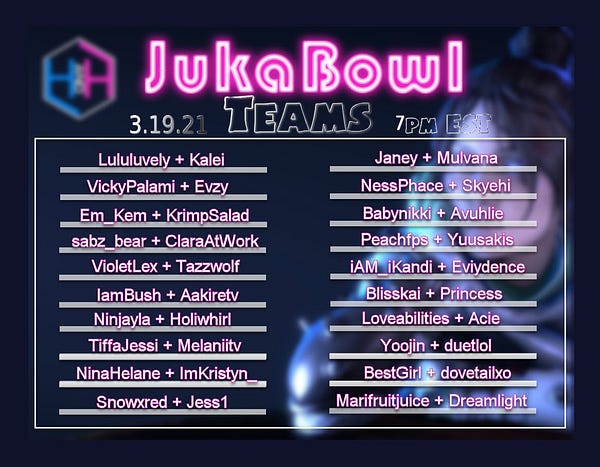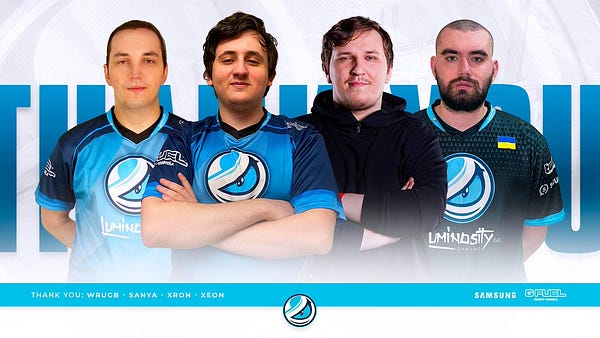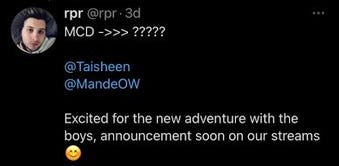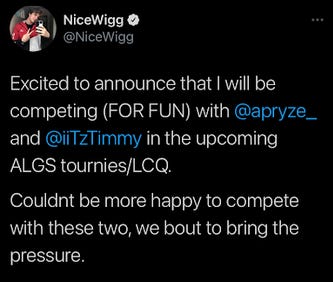Next year in Arlington? LAN tournaments may take years to reboot
This is The Final Circle, a newsletter about Apex Legends
Frequent tournaments with near-zero ping? Not so fast
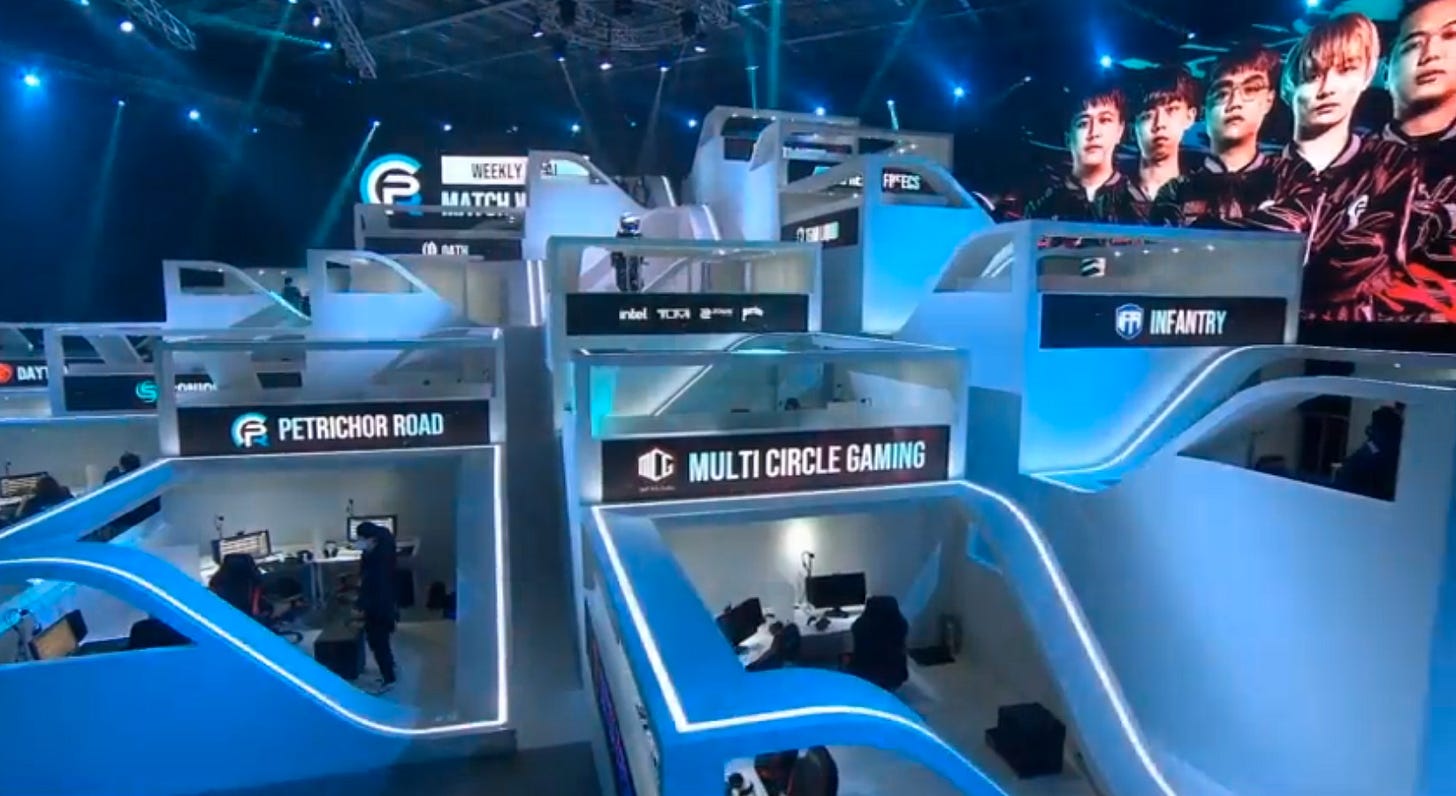
This week would have been the one-year anniversary of the cancelled Texas Major, a LAN tournament that was supposed to take place at a 100,000 square-foot facility with room for 2,500 spectators. The shitshow that was 2020 had other plans, leading to an unpredictable and frankly calamitous year for more than one esports scene.
The industry will continue to experience the effects of 2020 for years to come. Yesterday, Activision Blizzard Esports, which runs Call of Duty League and Overwatch League, announced they’d laid off 50 employees. The layoffs didn’t happen because Activision Blizzard is struggling: far from it. The company had a huge year because of pandemic gaming, clearing $8 billion in revenue and beating Wall Street estimates.
Instead, the move represents a strategy shift away from LANs and toward online-only competitive ecosystems. A year after coronavirus first shut down in-person gaming events, big games companies have adjusted to the new normal—and at the end of the day, despite crashes and broadcasts with more than their fair share of blunders, online-only events do not require as many people or financial resources as in-person events. Frequent in-person events are going to be a much smaller part of esports for years to come.
What does this mean for Apex? Nothing concrete for now. John Nelson, the ALGS commissioner, stressed in a January interview that ALGS points remained first and foremost a qualification for live events, and reiterated that the Global Series was originally meant to feature at least a dozen live in-person competitions. And there’s the $1 million prize pool ALGS Championship, which exists somewhere in the aether, without a set date or time.
If there’s a major takeaway from these layoffs, it would be that the much-anticipated ‘return’ to frequent LAN play (that Apex esports never really got to enjoy) is no guarantee. It wouldn’t shock me if Respawn/EA followed a similar strategy of normalizing online tournaments and making in-person events as rare as a shiny Pokemon.
Do coaches help teams?
The dynamics at play in the larger esports economy replicated themselves on a smaller scale in Apex. Some orgs had a banner year. Others didn’t make it. The gap between salaried rosters with institutional support and pros juggling other commitments widened. Players without paychecks bounced from roster to roster, grinding toward an uncertain future.
One fundamental difference between unsigned squads that have continued to compete in Apex and those backed by larger esports organizations are the presence of coaches. For the last few months, I’ve wondered what difference having a coach really makes in Apex—do teams that employ coaches do better?
I decided to look at the two highest-profile coaches in Apex, evaluating the team’s performance with and without them. For the purposes of this little exercise, I only considered ALGS tourneys and any other high-cash value events where all-pro rosters were allowed. Events like GLL Masters Summer, Series E, or Realm Summit Series were not considered.
Before hiring Hodsic as coach, Team Liquid had averaged 15th place over the six major tournaments that had taken place in Apex so far, including two LAN tournaments, one at Poland and one at the X Games. In the following six major tournaments after the hire, they averaged 13th place, a solid improvement. Afterward, Hodsic’s stock on Team Liquid continued to rise. If you factor in every major tournament Apex has held in total since Liquid hired Hodsic, their performance averages out to around 12th place.
Interestingly, it’s Liquid’s (very) recent impressive results that made the strongest case for Hodsic, if we go strictly by the numbers. If Liquid hadn’t had such a good Winter Circuit season, those average results are less definitive, ending in a slightly demoted position from Liquid’s pre-Hodsic standings.
Before hiring Gdolphn as coach, TSM had averaged a 5th place finish (4.85, to be exact) over the last seven major tournaments. In the following seven major tournaments, up to Winter Circuit #1, they posted the exact same placement, averaging 5th place (again, 4.85). Out of all major tournaments played since hiring Gdolphn, they’ve averaged 6th place.
If the Team Liquid coaching results were murky because of roster changes, TSM’s results are even more difficult to parse. Gdolphn’s arrival on the roster coincided with the departure of Albralelie and the team picking up Snip3down, after which there was an inevitable period of adjustment. TSM were also coming off a historic win streak, so Gdolphn can hardly be faulted for a slight dip in performance. Including smaller tournaments like GLL Community Cups and other assorted lower-tier tournaments would also probably show an overall improvement in their average placement. But for big tournament results, Gdolphn’s time with TSM has led them to maintaining their strength—not improving it.
Crucially, coaches provide other benefits than results: they might be called upon to mediate disputes between players, boost morale, design practice regimens, dispassionately review and diagnose gameplay mistakes, monitor mental health and help prevent burnout, or perform any number of other tangential but highly beneficial tasks. Having a coach who can do these things takes stress off players and frees up more of their time to focus on performance, while teams without coaches spend time and energy trying to coach themselves—often with disastrous results. Games like Valorant intend to add coaching slots to all rosters, and legislate when and how coaches can communicate with their teams. Apex remains a free-for-all in that regard, giving teams with coaches an undeniable advantage.
First time here? Already a fan but haven’t seen this content on Reddit in a bit? Subscribe to The Final Circle to get high-quality news and analysis about the Apex scene in a weekly email.
This week in Apex:
Catch a women-only duos invitational this Friday at 7 PM, hosted by HisandHersLive. The $650 prize pool is modest, but Apex is falling behind in its promotion of the skilled female players on the scene and this should be a great showcase.
Luminosity, a tier-one org with deep pockets, has dropped its roster:
MCD, the roster of Taisheen, Mande, and rpr, have signed to a yet-to-be-named team; expect an announcement to come as soon as March 20th. The team lost their spots on the esports organization North and were replaced by Nessy before North went out of business entirely earlier this year. Since then they’ve posted strong tournament results, winning the first Winter Circuit tournament and punching their tickets for the EU Winter Circuit Playoffs. It’s fantastic to see a talented unsigned team with charismatic players get signed, but it looks like they’ll be the exception to the rule in the lead-up to the Championship: top EU rosters like Nessy, Flavor of the Month, and 789 are all orgless despite already qualifying for Winter Circuit Playoffs. There’s a good chance some of those teams will end up in the ALGS Championship, where I’m sure we all hope Apex will receive a much-needed injection of cash and hype—and with it, interest from bigger orgs that might reconsider the scene for post-corona LAN action.
Finally, the popular streamer (and TV star) NiceWigg is competing in the upcoming Last Chance Qualifier with a new squad:




